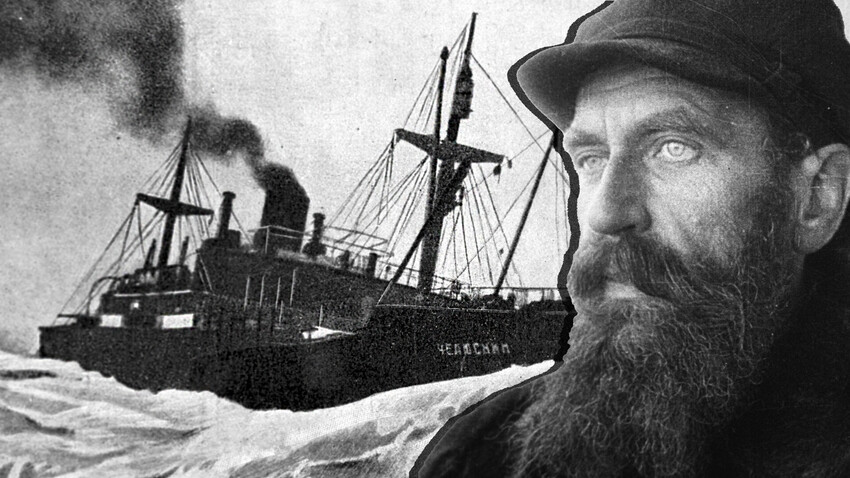
The steamship ‘Chelyuskin’ departed from Murmansk towards Wrangel Island on August 10, 1933, to inspect the passability of regular ships through the arctic ice. The ship was supposed to deliver cargo to the island, which would prove the suitability of the Northern Maritime Route for transportations of this type. Before, this dangerous route was only conquered by heavy icebreaker ships and no one dared sending a regular ship there. The ‘Chelyuskin’ was supposed to become a trailblazer.
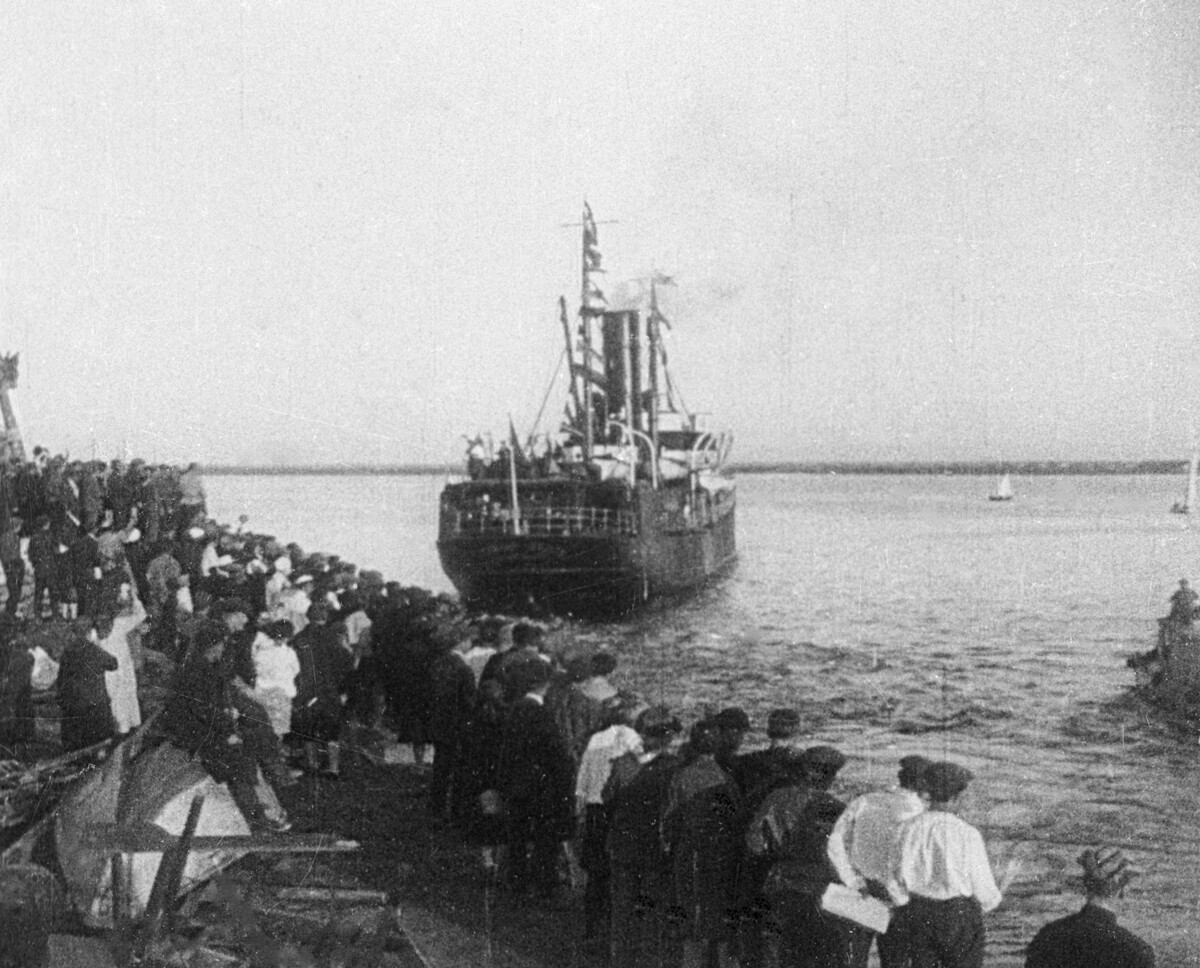
The ship had 104 people onboard, including the expedition members and the members of their families, as well as Wrangel Island winterers. With them, they had a 1.5-year worth supply of food for the passengers and 3-years worth of provisions for Wrangel Island.

The participants were sure that everything would go according to plan – in command of the expedition was experienced Arctic explorer Otto Schmidt, who showed himself worthy many times in the Arctic Ocean. At the beginning of the trip, the ‘Chelyuskin’ had much more comfortable conditions than during the first forays into these dangerous waters: there were scout planes stationed on the shore and radio transmissions had been established. The probability of failure for the expedition approached zero and, yet, everything went awry…
Initially, everything was going smoothly; however, when entering the Kara Sea on August 15, the ship suffered a breach and, three days later, a leak was discovered. Then, due to heavy ice, the ‘Chelyuskin’ also suffered two dents in its hull. But, despite the danger, it was decided to continue with the expedition. The entire way was supposed to take approximately a month and, in September, the ship was already in the East Siberian Sea, which was according to the ship’s schedule.
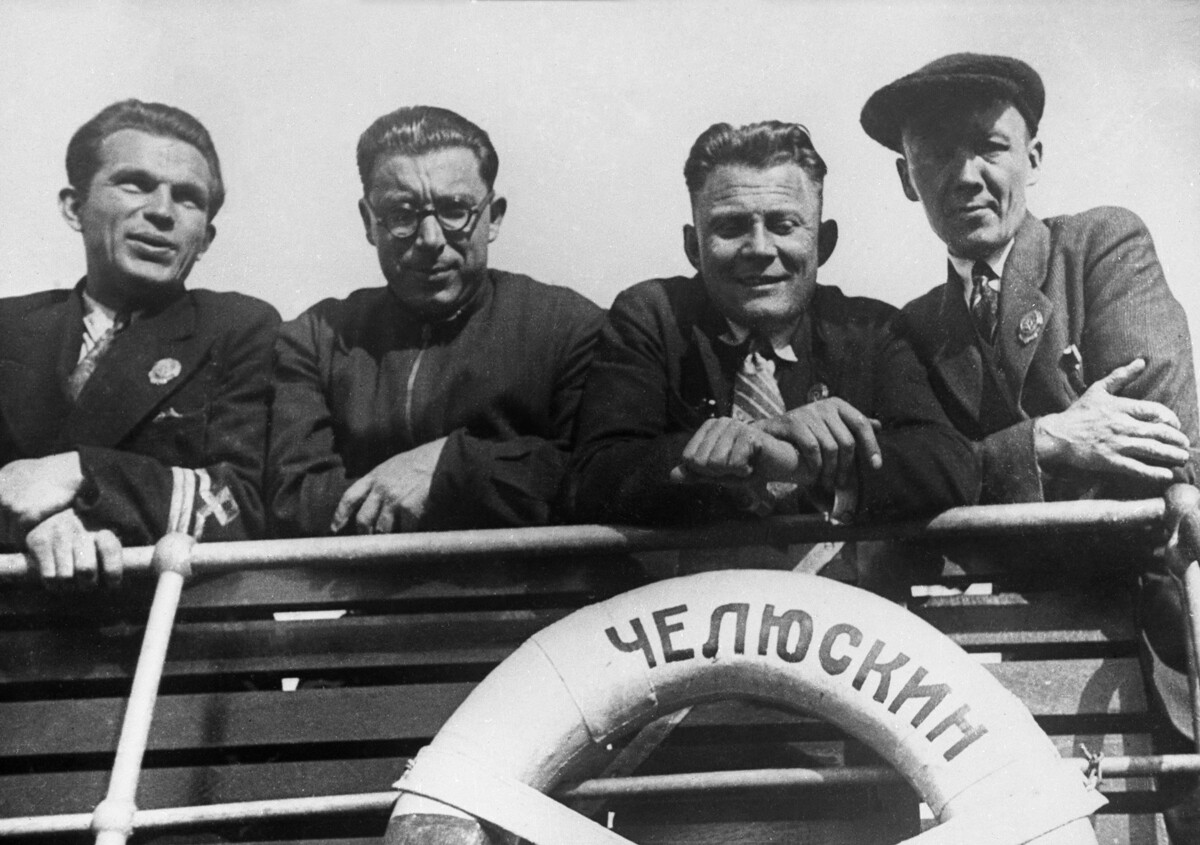
Members of "Chelyuskin" before going to sea on August 10, 1933.
SputnikHowever, in the East Siberian Sea, they encountered a danger of another nature: thick fog and strong snowfalls prohibited aerial ice scouting, so the ship was breaking through perennial arctic ice practically blind.
By the end of September, the ship was caught in an ice trap in the Chukchi Sea – 6-meter-thick ice had blocked the ship completely.
The steamship was trapped in the middle of the sea, unable to move. At first, the expedition crew tried to blow up the ice, but even ammonal bombs that were usually utilized during the boring of mines and quarries couldn’t penetrate such thick ice. The ‘Chelyuskin’ had no option but to drift among the ice, waiting for more favorable conditions to break free.
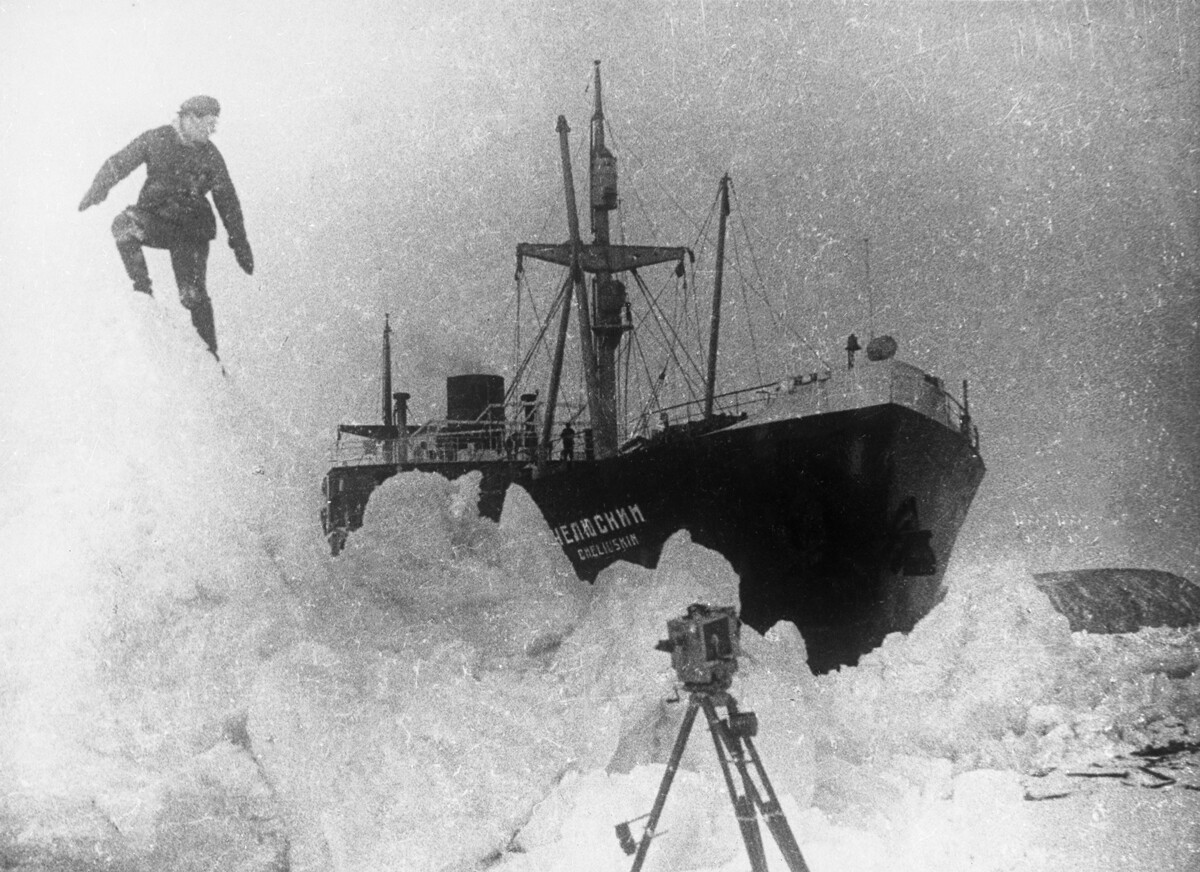
“The ice is calm today. Our drift reached the speed of seven meters per minute. I don’t know what awaits us tonight. We live like on a volcano or in open positions,” Ibrahim Fakidov, one of the crew engineers, wrote in his diary.
In this position, the ship spent five whole months. Despite relatively calm conditions, Captain Schmidt knew that the ice packs surrounding the ship from all sides could move any second and simply sink them all. A giant ice wall was also approaching the ship, so the crew made the decision to unload all the passengers and the provisions onto the ice in advance.
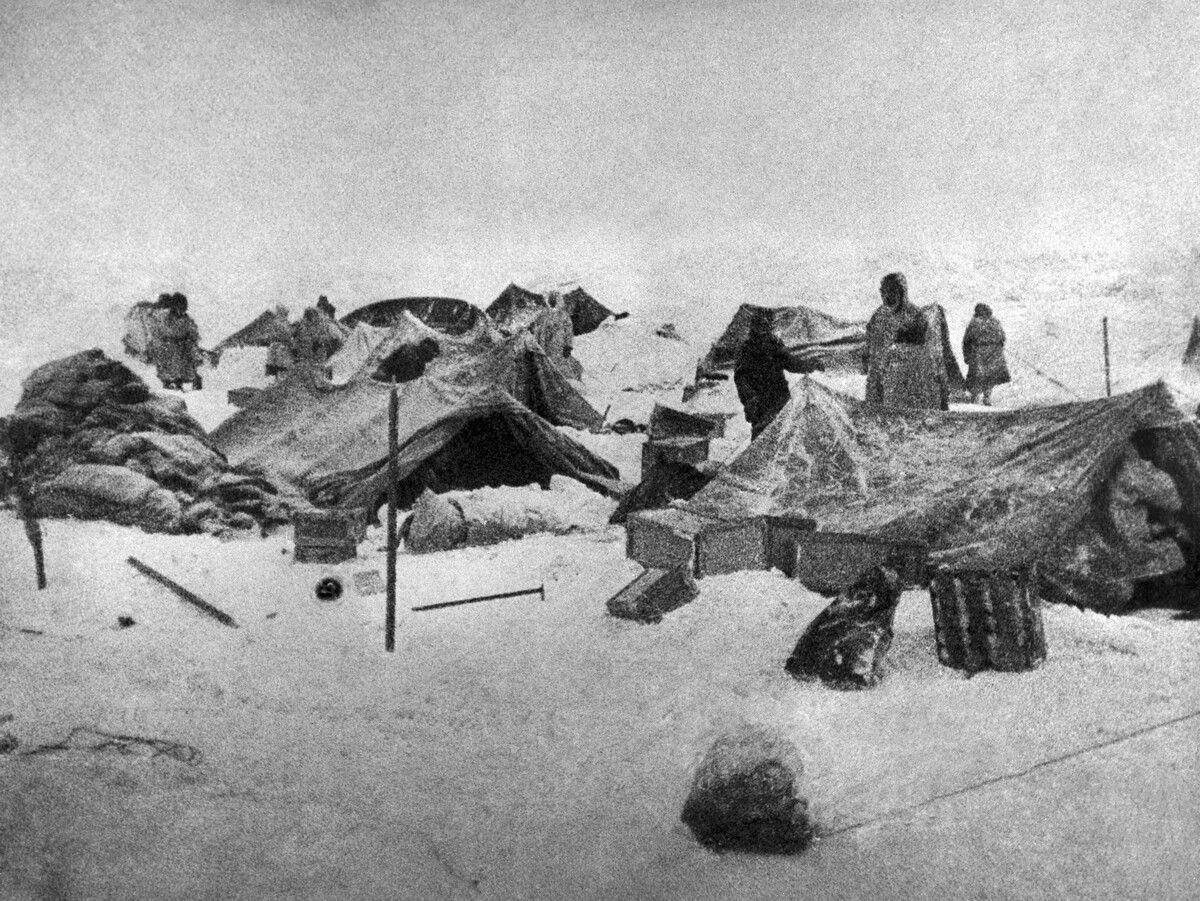
The captain’s instinct didn’t fail. February 13, 1934, became the last day for the ‘Chelyuskin’ – the ice crushed the sturdy hull of the steamship like a piece of paper. In just two hours, it sank and the people were left alone adrift on an ice floe among the boundless northern sea.
It wasn’t easy to live on a drifting ice floe: the temperature often dropped below minus 30°C (-22°F); the food supply was also not eternal, so they had to ration it. They were 130 kilometers away from shore, but it was impossible to reach relying solely on the power of nature.
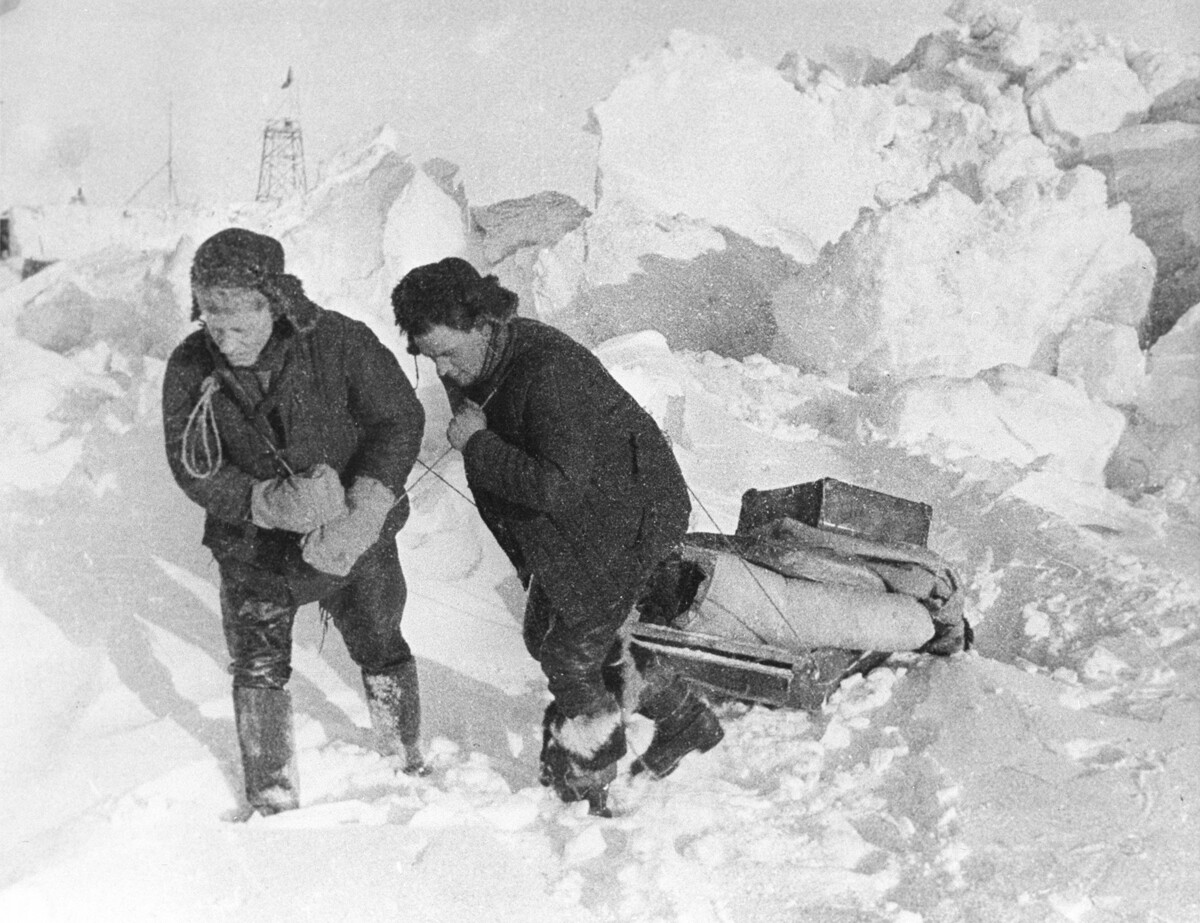
To lighten their load at least somehow, the expedition members built some resemblance of huts right on the ice – from the materials they were carrying to Wrangel Island, as well as from what remained from the destroyed and sunken ‘Chelyuskin.’ An airstrip was cleared up five kilometers away from the makeshift camp for the planes that would come sooner or later. Here’s how one of the survivors remembers the first nights: “They were talking about how cramped the tents are. Talked about the sinking of the ‘Chelyuskin’. They were saying that this is a global catastrophe, that the sight of the ship’s death was terrifying. Everyone was very tired.”
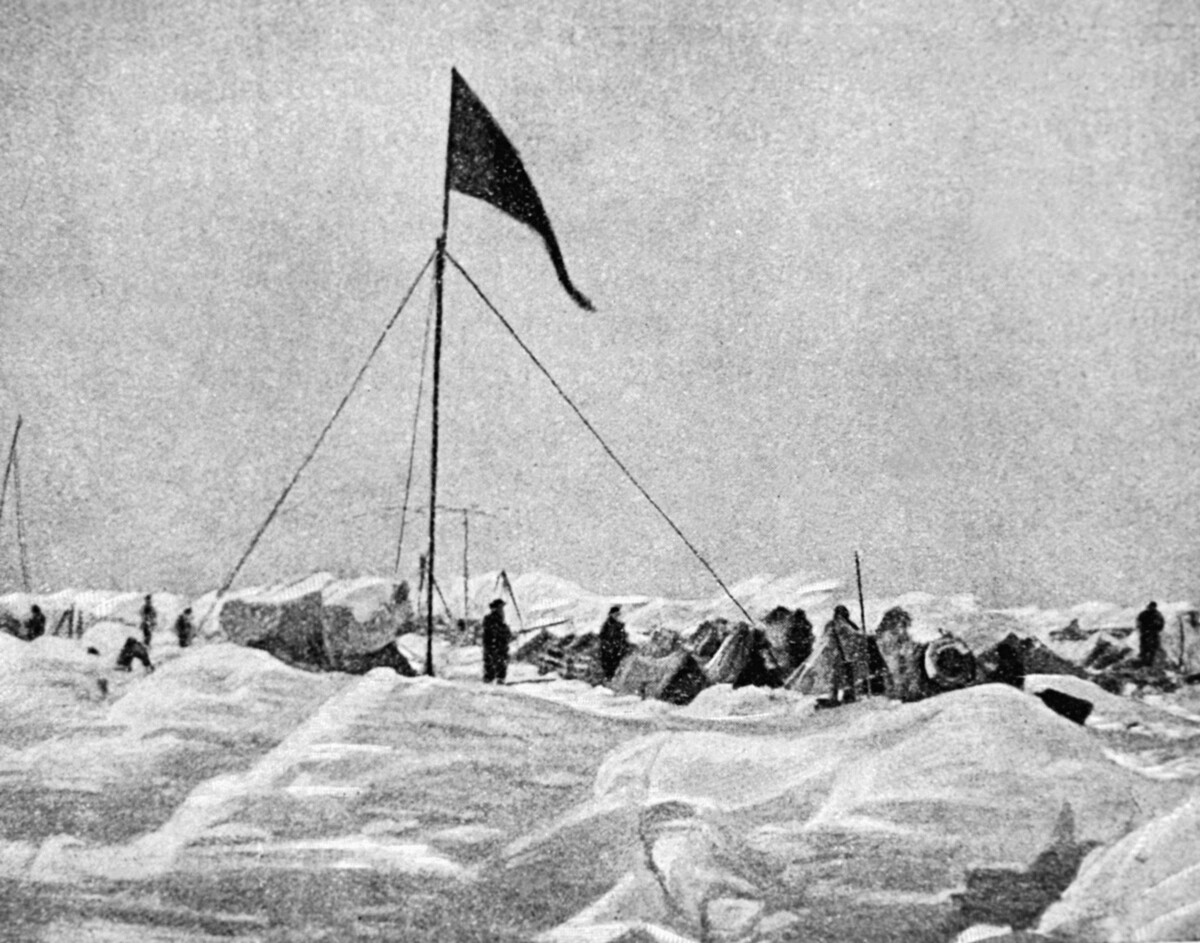
The more time passed, the more established the life of the “ice camp” seemed – at some point, an improvised newspaper editorial office named ‘We won’t give up!’ even emerged that was supposed to support the morale of the travelers locked in ice. In the evening, Captain Otto Schmidt also read philosophy lectures to his people.
From the very first days on the ice floe, scientific endeavors never ceased – hydrologists and geodesists determined the exact location of the camp every day. It had to be done every day, since the ice kept on drifting and the camp was perpetually moving.
By the time the camp was established on the ice, authorities already knew that the ‘Chelyuskin’ had sunk. The preparations for a rescue operation were underway – they were planning to look for the lost crew from the air with the help of as many as 17 planes. However, even from the aerial view, it was hard to spot the camp: strong snowfall severely restricted visibility. Besides, the ice always drifted and it was much harder to determine the exact location of the expedition members.
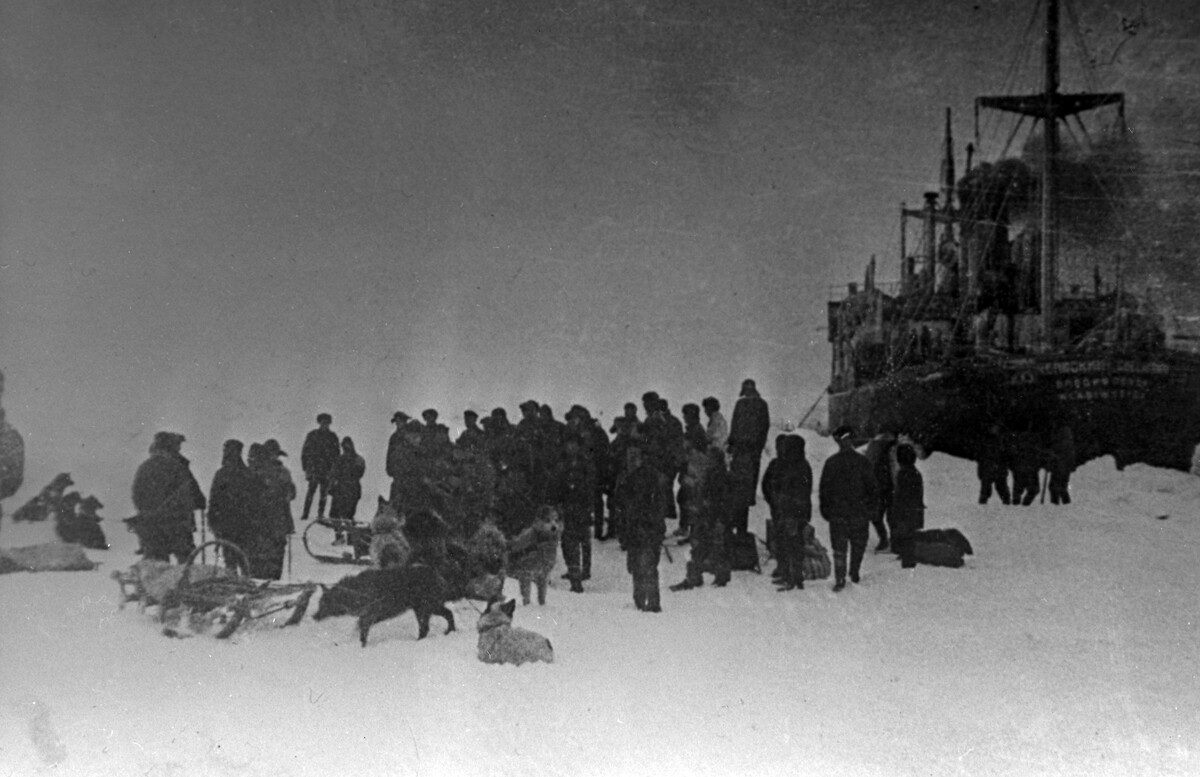
The first plane touched the cleared-up ice of the camp only on March 5 – it was a heavy ANT-4. Women and children were evacuated first; however, the next aircraft managed to reach the “island” only a month later. In total, pilots made more than twenty flights within the rescue operation; the last group of survivors was delivered to the mainland on April 13, 1934. In total, the ‘Chelyuskinites’ spent a whole two months on the ice floe waiting for deliverance.
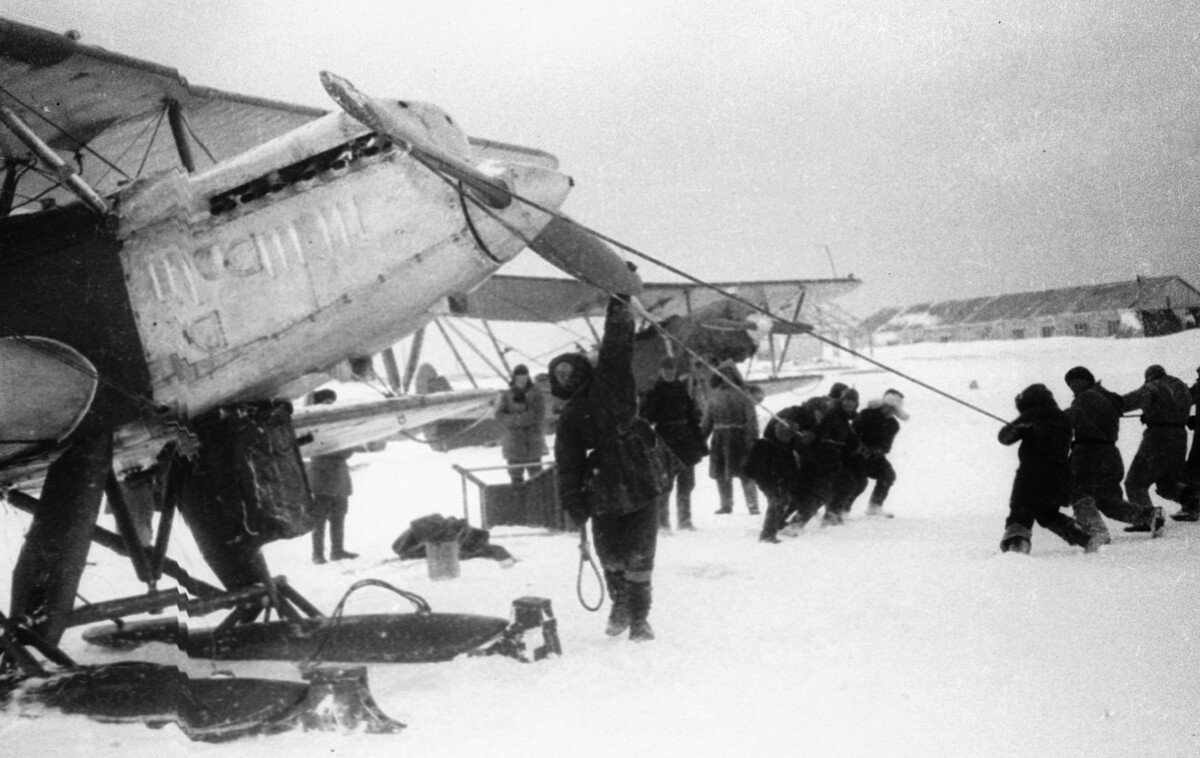
On the mainland, the ‘Chelyuskinites’ were met as heroes. The entire country followed their rescue with tension. Seven pilots who participated in evacuating the people from the ice were, for the first time in history, awarded the titles of the ‘Heroes of the Soviet Union’.
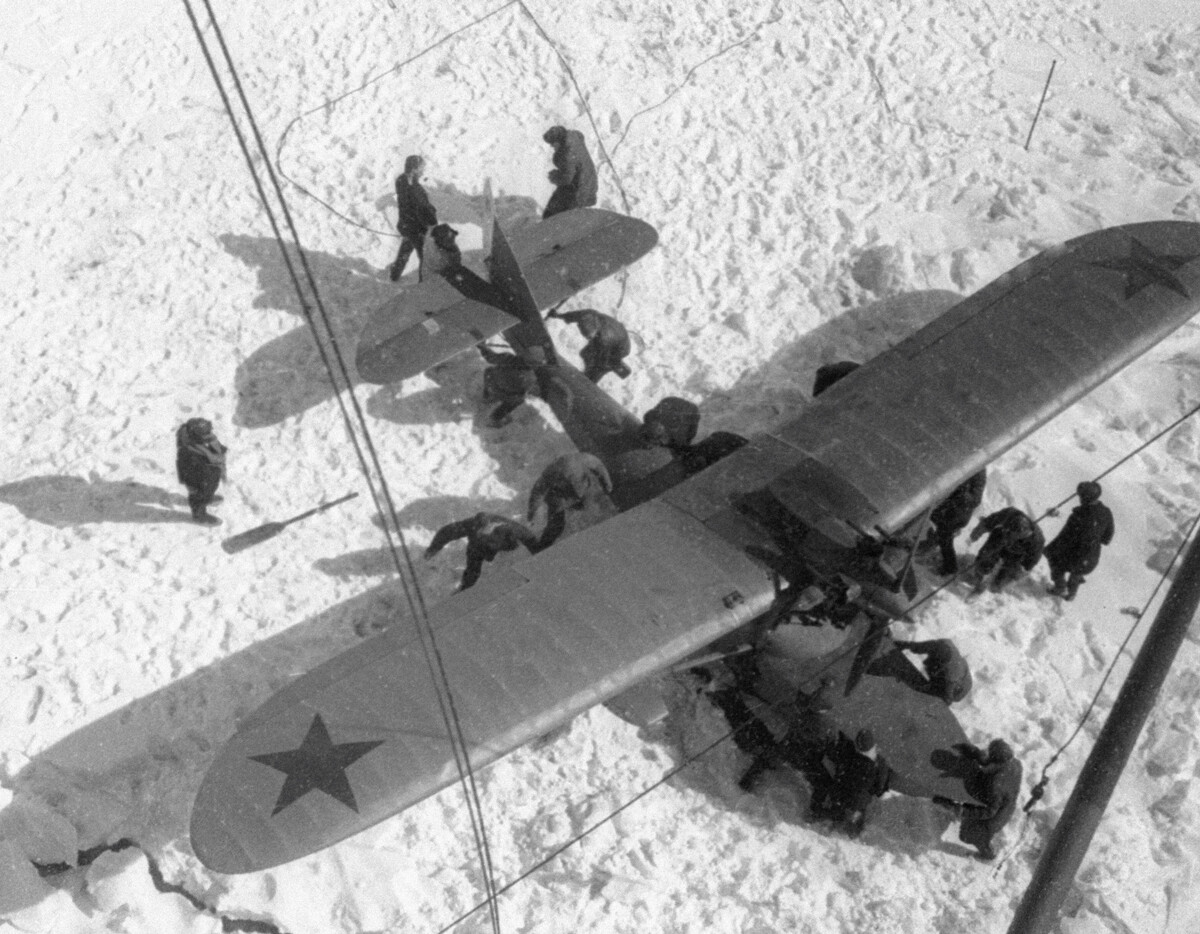
They were Mikhail Vodopianov, Ivan Doronin, Nikolai Kamanin, Sigizmund Levanevsky, Anatoly Liapidevsky, Vasily Molokov and Mavriky Slepnyov. The members of the expedition, meanwhile, were awarded the ‘Orders of the Red Star’ for their resilience in the face of nature.
If using any of Russia Beyond's content, partly or in full, always provide an active hyperlink to the original material.
Subscribe
to our newsletter!
Get the week's best stories straight to your inbox